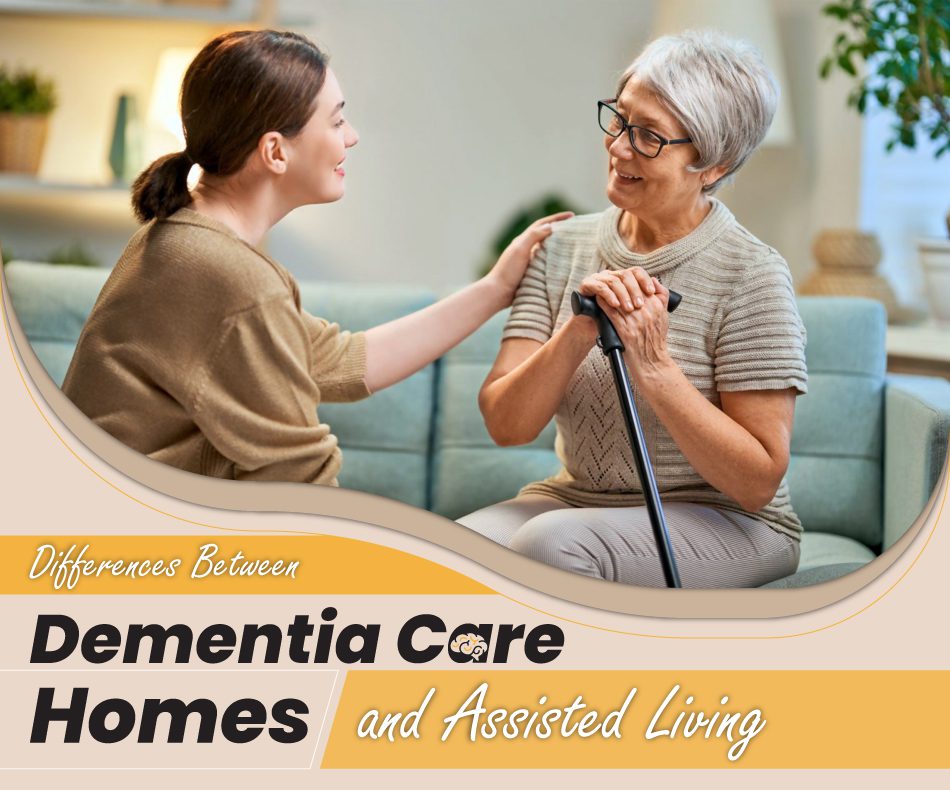The number of seniors affected by dementia is increasing. In the same way, the need for senior living options is on a spike. However, making the right choice for living options is challenging, especially if the elderly person requires an immediate move. It is also essential to consider the medical condition of the individual. The family of the patient can choose from either an assisted living or require care home.
Who can benefit from assisted living?
As the name implies, the assisted living facility caters to those seniors who require help to do the daily living activities. Many seniors who are having difficulty in carrying out daily activities prefer to retire from this living option. The staff in this senior living facility assists the residents who need help in getting dressed, medication, and moving around. They are also available to help the residents round the clock. The residents live in private apartments such as these apartments for rent in McKinney with a kitchen.
Who can benefit from dementia care homes?
Dementia care homes, like the assisted living facilities, also have nursing staff rendering help 24/7. Unlike an assisted living facility, the dementia care home is medically essential. The staff members help not only doing the daily tasks. They have planned daily routines and strictly implement security measures.
This living option offers a safe and pleasant environment that can help lessen agitation and confusion among the residents. They also provide specialized and memory-enhancing therapies, like validation therapy dementia treatment, to improve the cognitive skills and ease the end of life transition of seniors.
Assisted living vs. Dementia care homes: what services and facilities are offered?
Amenities
With amenities, assisted living facilities offer:
- Barbershops and beauty salons
- Gyms
- Pet-friendly apartments
- Transportation services
- Courtyards and gardens
- Relaxation rooms and spas
- Game room and library
- Crafts and art studio
Memory care homes have amenities that are well-designed features and unique layouts.
- The walls are color-coded to help residents with memory loss find their way easily
- The common areas are clearly defined
- Outdoor gardens
Medical services
The assisted living facility offers unlimited medical attention to their residents according to their needs. They provide transportation during doctor appointments. The residents in dementia care homes have accessible medical care round the clock. They also offer rehabilitative services, including occupational, physical, speech, and respiratory therapy.
Living space
The common areas in assisted living facilities are fully furnished. The residents can have their meals in the common areas and their daily activities. In dementia care homes, the residents can choose either shared or individual rooms with en-suite bathrooms. This senior living facility also has common spaces for activities and sharing of meals. For some people In-home care is another option.
Key similarities and differences between assisted living and dementia care homes
Both the assisted living facility and the dementia care communities have similarities and differences. The former has a residential environment, while the latter is considered a medical environment.
Here are some of the key similarities and differences between the two senior living options:
Staff training
The staff members in these two senior living options have experiences on how to support the daily tasks of the residents. However, the staff at dementia care homes were trained to provide 24-hour personal care to the residents. Thus, it helps the person with dementia to maintain a quality of life and improve cognitive skills.
Also, the staff at dementia care homes knows how to manage and prevent complex dementia behaviors. While they provide support, they also encourage the residents to be independent as possible. The advantage of this senior living facility over the assisted living is the one-on-one attention they offer to the residents.
Daily activities
The staff members in assisted living facility help the residents in bathing and getting dressed. They also offer laundry, meal preparation, and housekeeping services if the residents can’t do the daily tasks. Most residents in dementia care homes need more help in their daily needs. The staff members help the residents in taking a bath, dressing up, using the bathroom, and taking the medications. The kitchen staff prepares the meals, and other staff does the laundry and housekeeping tasks for the residents.
Recreational activities
The best assisted living facilities offer various activities to residents. They ensure maintaining the good health of the residents by keeping them physically active through physical exercises. They also keep the seniors socially connected.
In the same manner, dementia care homes also offer different recreational activities but may be limited. The recreational activities are more mentally stimulating, such as art classes, cooking classes, choir, educational courses, and other games. A physical therapist supervises the exercise activities and helps the residents improve mobility, gain strength, and prevent falls.
Assisted living vs. Dementia care homes: specialized activities
Specialized activities like music therapy are helpful to people with dementia. Assisted living facilities entertain the residents. Dementia care homes offer specific activities designed to address the cognitive needs of the residents.
Final Thoughts
Choosing the right senior living communities and homes is challenging. But having some ideas about the difference between the assisted living facility and dementia care homes can help make the right decision.

